
The concept of 3D printing began in the 1980s, though at that point, the best things that could be produced were prototypes. In the early 2000s, the technology began to improve, and by the 2010s, 3D printing seemed like it truly would be the wave of the future.
On the low end, 3D printers can be used to make customizable items like jewelry, phone cases, and key chains. On the high end, 3D printing can be used to create parts for automobiles and airplanes or prosthetics for people who are missing certain limbs.
The Cost Has Made it So That Many People Can Now Take Part in the Trend
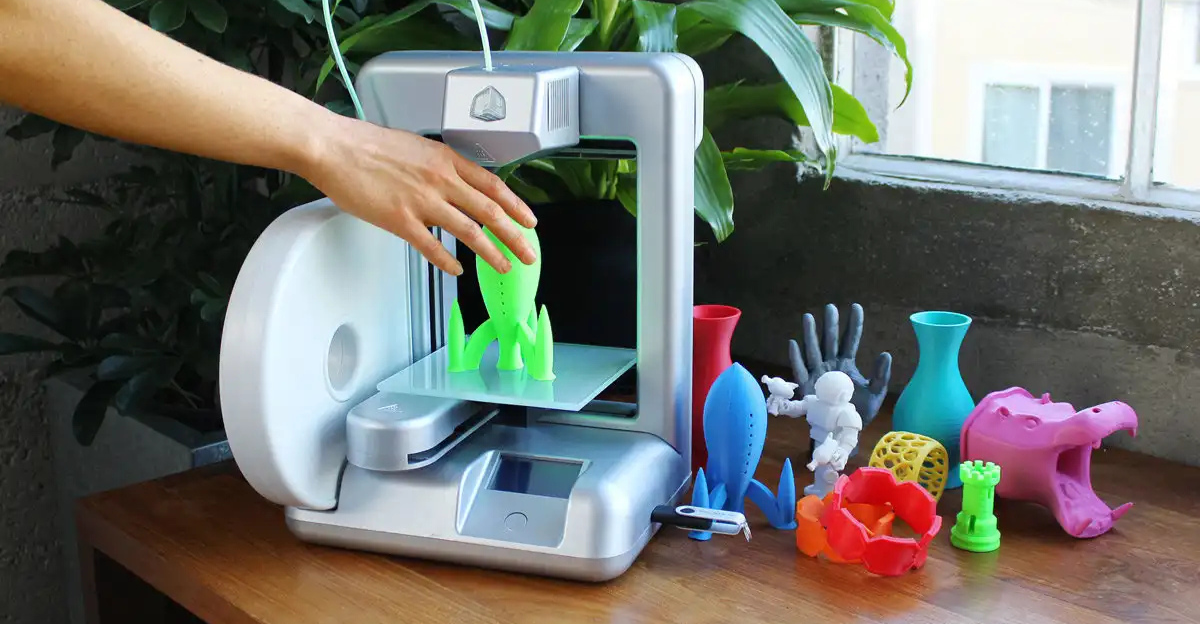
For decades, 3D printing machines were restricted to labs and universities. But the rapid advances of technology have made it so that people can own their own 3D printers at home. By the 2020s, a machine could be purchased for around $200.00.
The fact that laypeople can now access the machines is a major positive for society. Tech-savvy kids who will become the makers of the future are now getting that opportunity to work on these kinds of machines. This can only bode well for the future.
The 3D Printing Industry is Projected to Boom
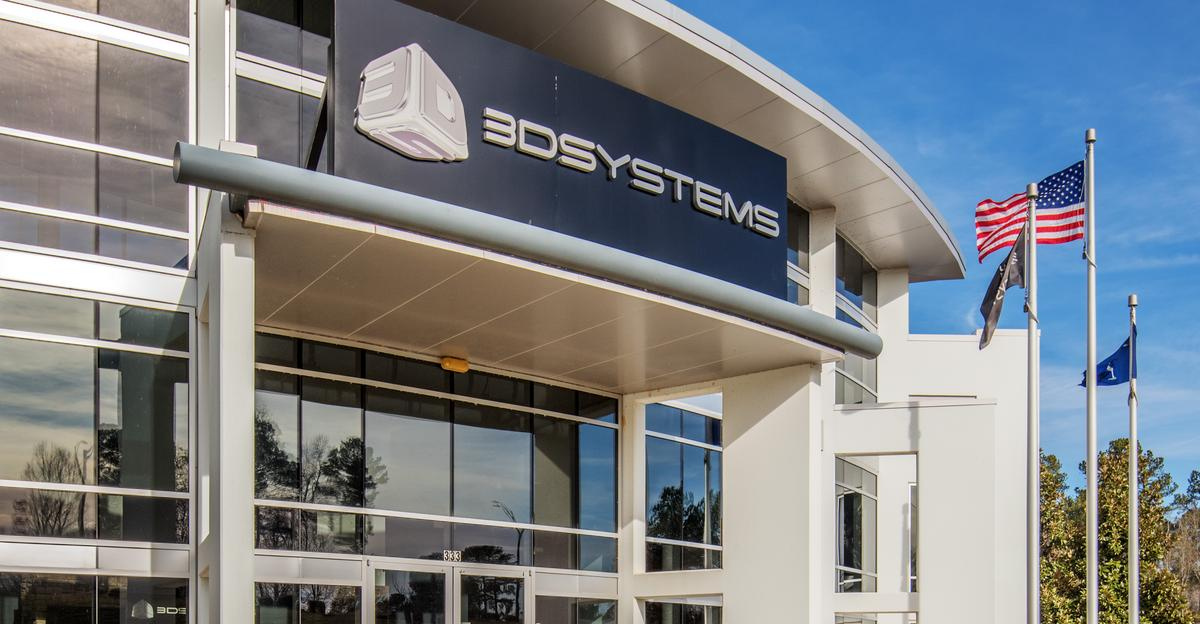
There is a world of interest in 3D printing and what it can do. The technology’s market in 2023 was valued at $19.8 billion, and experts expect that to rise. By the year 2033, the 3D printing market is expected to have a value of $134 billion.
There are several huge companies involved in 3D printing, and for the most part, they continue to grow. These companies include Stratasys LTD, 3D Systems Corp., Protolabs Inc., and Materialise NV. The fifth largest 3D printing company in the world is Desktop Metal Inc.
Desktop Metal Formed in 2015
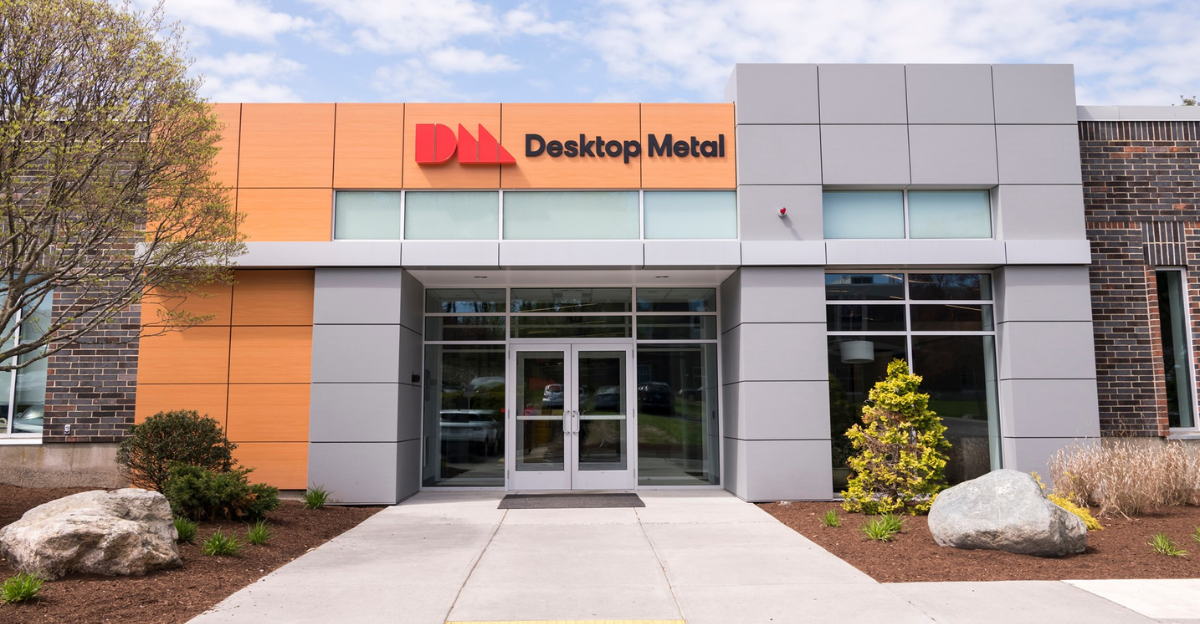
The company, Desktop Metal, was formed by seven partners in Cambridge, Massachusetts, in 2015. Among those founders was Emanuel ‘Ely’ Sachs, a professor of mechanical engineering at MIT (the Massachusetts Institute of Technology). Sachs is credited with coining the term 3D printing in the late 1980s.
The company experienced fast and impressive growth, working with companies such as BMW and Ford Motor Company. Among their projects was attempting to make it unnecessary for automakers and companies like Milwaukee Tools to stock additional parts in the hope that they could be produced as needed.
By 2019, Desktop Metal Was a Giant in the Industry
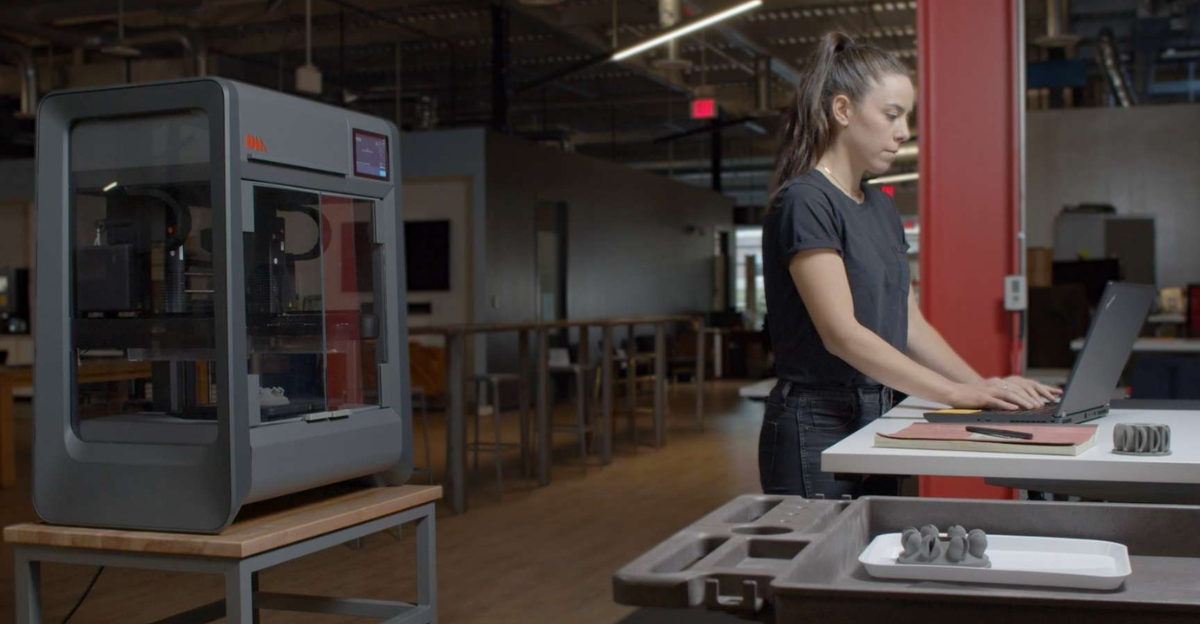
The industry was immediately interested in what Desktop Metal had to offer, and in addition to working with some of the biggest companies in the world, the 3D printing firm also saw lots of investments in their business.
In 2018, Desktop Metal received a $65 million investment from Ford Motor Company. The brand went on to receive several patents and was then given $130 million more in investments in January of 2019. This raised the valuation of the company to $1.5 billion.
Desktop Metal Declared Bankruptcy in July 2025

Just five years after sitting near the top of the 3D printing world, Desktop Metal declared for Chapter 11 bankruptcy protection in the last month. The fall of the company was based on several factors, including two contentious sales.
The company was nearly sold to Statasys, another huge 3D printing company, in 2023, but the sale was eventually voted down by the board of directors. In 2024, Desktop Metal was officially sold to Nano Dimensions. The company spent $30 million fighting the sale but was eventually unsuccessful.
There Was Long a Fear of Hostile Takeovers

When Desktop Metal began to have difficulty paying its bills, the sharks began to circle the company. The Stratasys deal seemed to be on strong footing until the shareholders of the company decided that the investment would be too risky and pulled out with no penalty.
While Stratasys originally planned on purchasing the company for a valuation of $1.8 billion, Nano Dimensions was able to purchase the company for much less. The final price paid by the Waltham, Massachusetts-based firm for the one-time billion-dollar company was $135-$183 million in an all-cash deal.
The Company Had Difficulty Monetizing Its Product
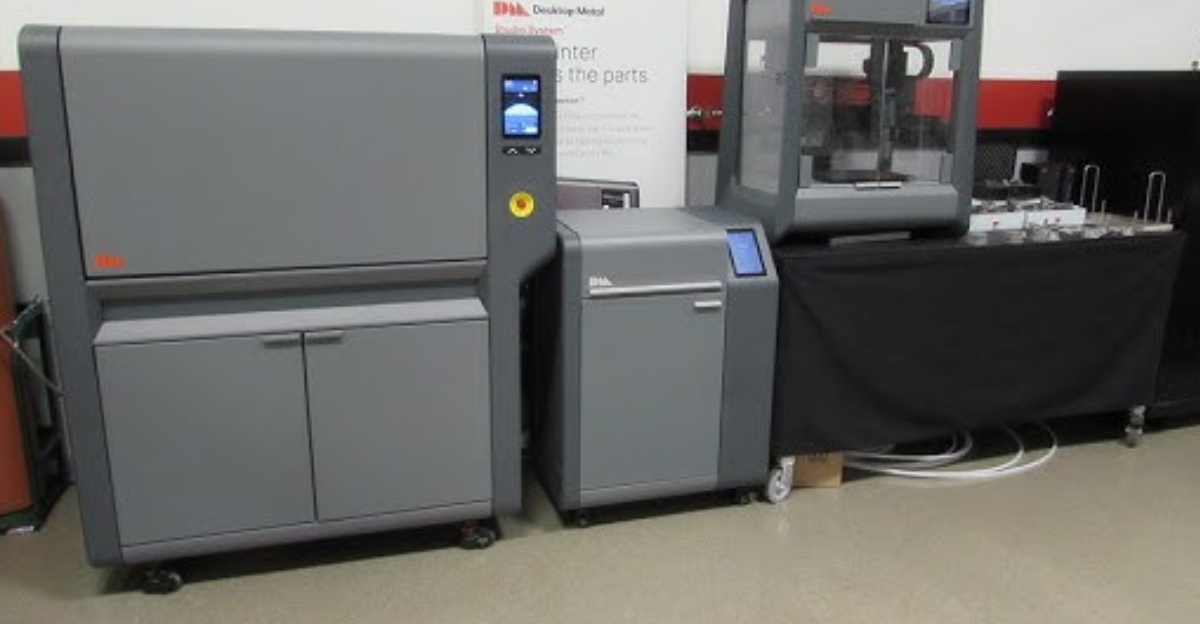
There was no doubt that Desktop Metal was at the cutting edge and innovative. Over the last 10 years, the company has filed for hundreds of patents. Some of its success stories include introducing two printer systems: the Studio system, which was used by engineers for small jobs and the Shop system, for metal shop jobs.
While these products were well received, the company was failing to make the kind of money they expected to. And as a result, Desktop Metal fell into debt and was producing enough revenue to sustain itself.
Desktop Metal Had Some Other Impressive Products
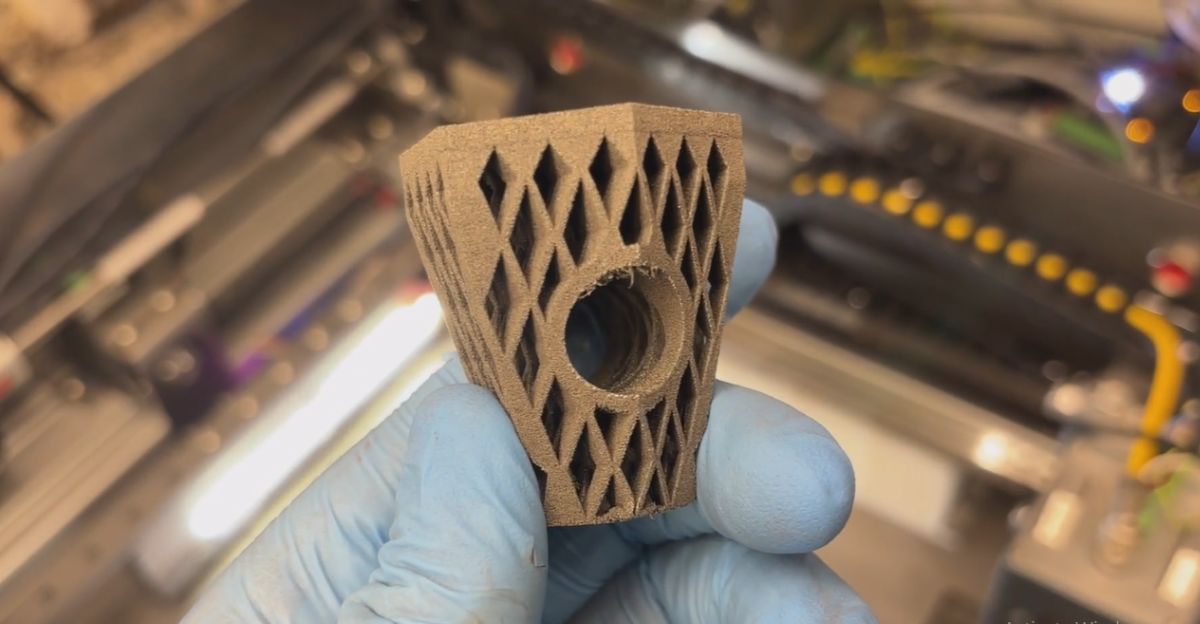
Desktop Metal was able to take off by creating machines that were simple to use for laypeople and also high-tech machines for some of the most renowned engineers in the country. Another highlight was the Production system, released in 2017.
The Production system allowed users to press metal parts one hundred times faster than a laser-based machine. Thanks to the innovation, the product was listed among Popular Science’s best of 2017 lists.
Conclusion
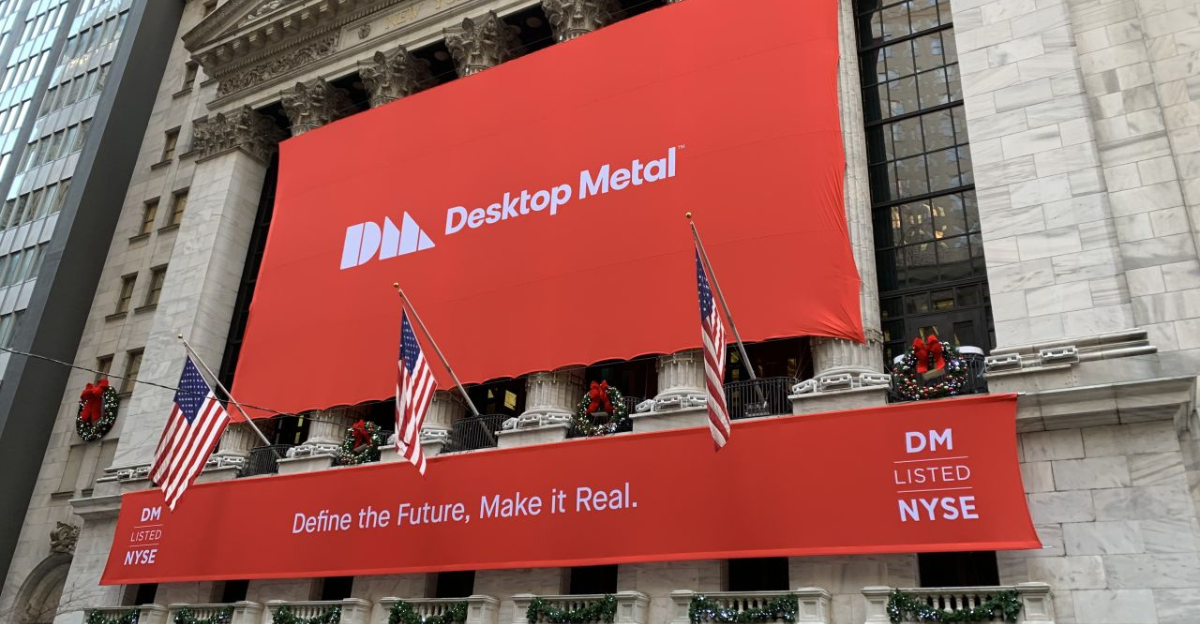
There is a history of companies that had to do what Desktop Metal is doing and rose from the ashes to become successful again. The company will need to restructure and rebuild from the ground up, but it will have that opportunity in the coming years.
Desktop Metal has a couple of things working in its favor. First, many of the original founders were pioneers in the field of 3D printing and can lend their experience and expertise to any endeavors. The company is also sitting in an industry that is projected to grow in the coming years, and they may be able to play a big part in that.